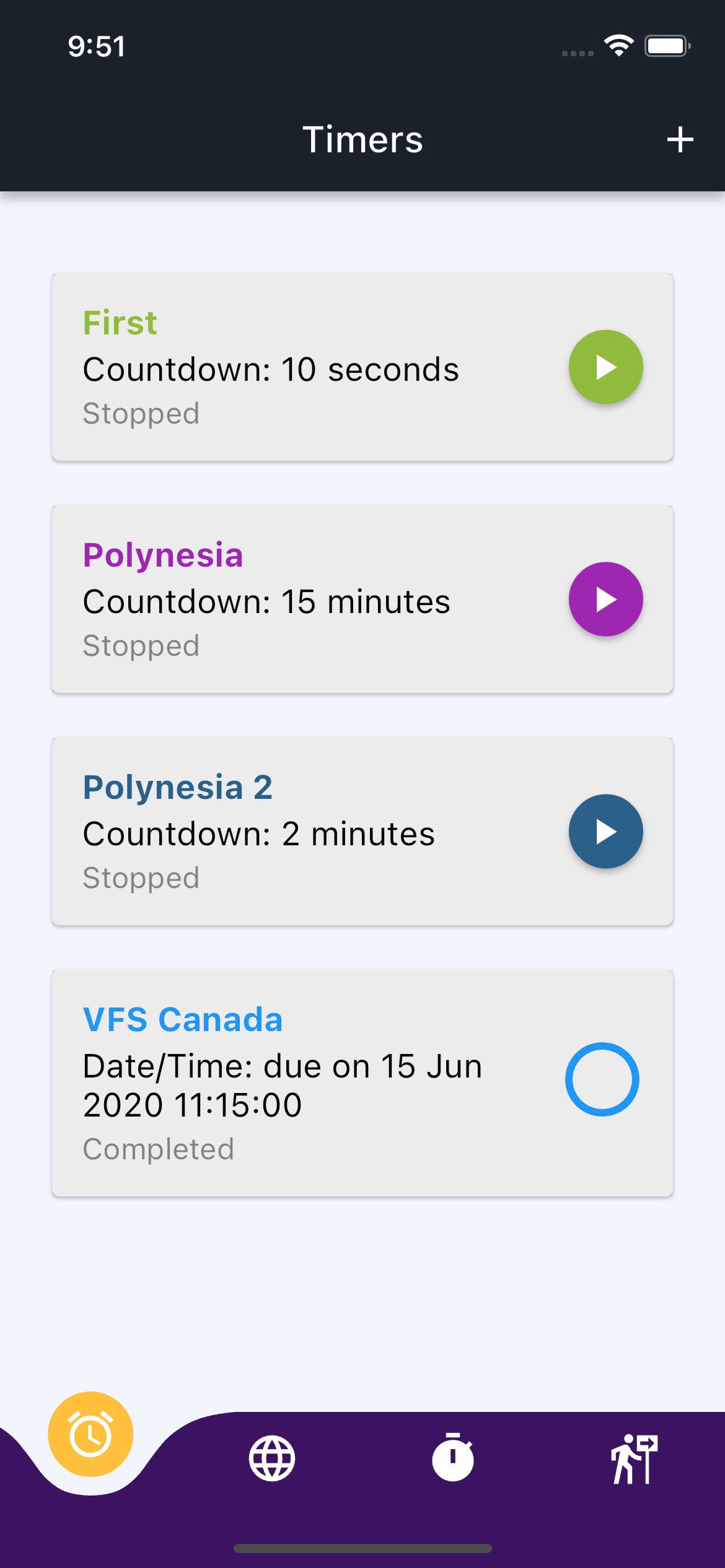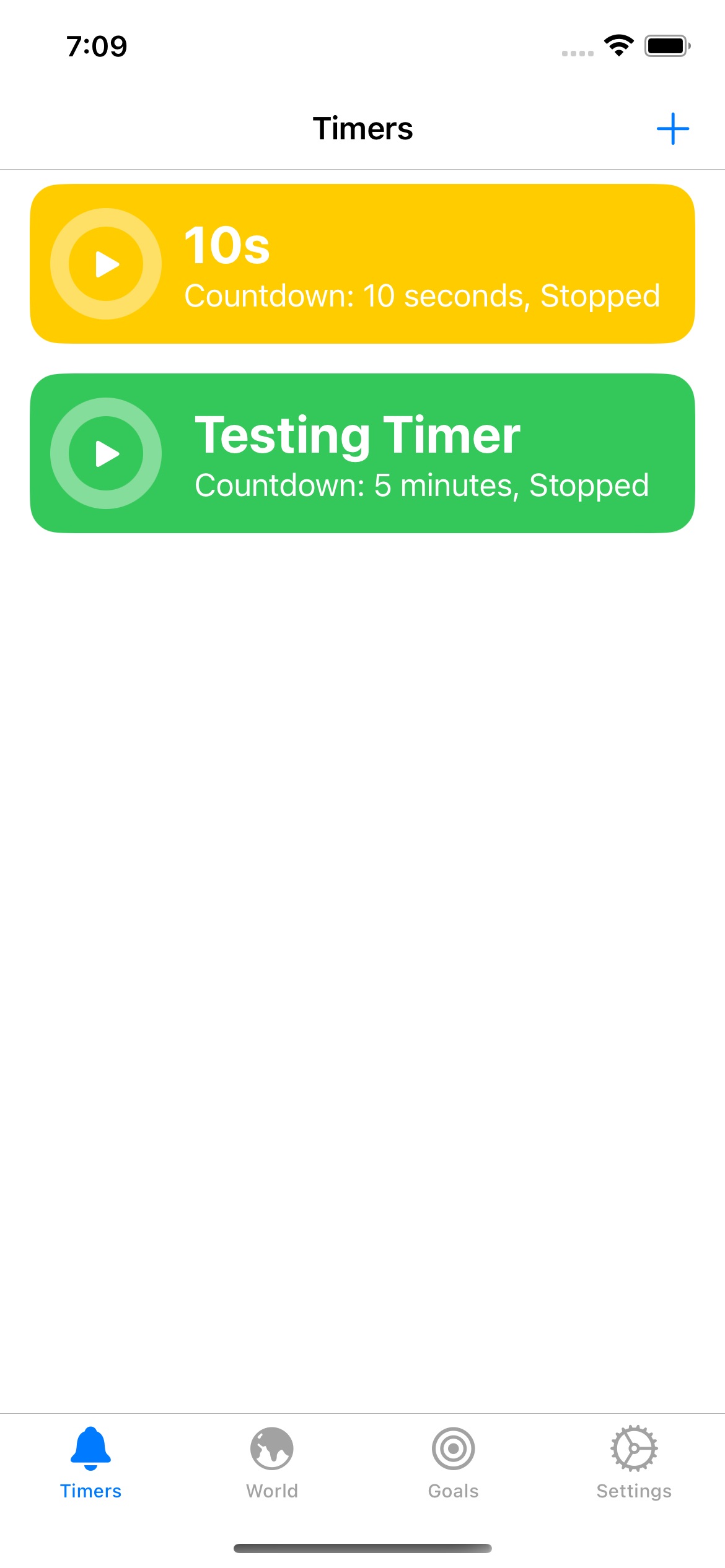Conversation
Fahim Farook
f
A few years back, I wrote a timer app for my wife since she was tired of how you can’t have more than one iOS timer running at a time. She would want to have two or more timers running at the same time and you just couldn’t do it with the default iOS timer …
At that time, I was heavily into Flutter and so did the app in Flutter so that we could have the timer on either iOS or Android.
After some time, my wife stopped using the app for some reason (we don’t remember why now) and I stopped working on it.
A few days ago, I wanted a recurring timer — one which would fire hourly for say 10 hours during the day and couldn’t find something that worked and wasn’t full of ads 🙂 So I went back to my old timer app.
So much time had passed that the Flutter app took me about a day to get back to working condition. But I kept feeling as if the process was slow … too slow. Just compiling the code to run the app would take a couple of minutes and that just added up. Plus there were other issues.
So I did some scrounging around and found that I had another version of the code — an early attempt to turn the app into a SwiftUI app. It took me only about a day of work and I already have that doing the basic stuff and getting close to feature parity to the Flutter version.
It’s interesting how different languages evolve and change over time and what you thought was the best at one point no longer is …
Screenshots for comparison below.
#Timers #Coding #iOS #Flutter #SwiftUI
Screenshot of an iOS app with m…
Screenshot of an iOS app writte…
At that time, I was heavily into Flutter and so did the app in Flutter so that we could have the timer on either iOS or Android.
After some time, my wife stopped using the app for some reason (we don’t remember why now) and I stopped working on it.
A few days ago, I wanted a recurring timer — one which would fire hourly for say 10 hours during the day and couldn’t find something that worked and wasn’t full of ads 🙂 So I went back to my old timer app.
So much time had passed that the Flutter app took me about a day to get back to working condition. But I kept feeling as if the process was slow … too slow. Just compiling the code to run the app would take a couple of minutes and that just added up. Plus there were other issues.
So I did some scrounging around and found that I had another version of the code — an early attempt to turn the app into a SwiftUI app. It took me only about a day of work and I already have that doing the basic stuff and getting close to feature parity to the Flutter version.
It’s interesting how different languages evolve and change over time and what you thought was the best at one point no longer is …
Screenshots for comparison below.
#Timers #Coding #iOS #Flutter #SwiftUI
Screenshot of an iOS app with m…
Screenshot of an iOS app writte…
Denis de Palatis
denisdepalatis@mastodon.socialFahim Farook
f
@denisdepalatis Thanks 🙂 My wife feels the same way as you do about the UI … I’m ambivalent — guess I can’t choose a favourite child 😛

